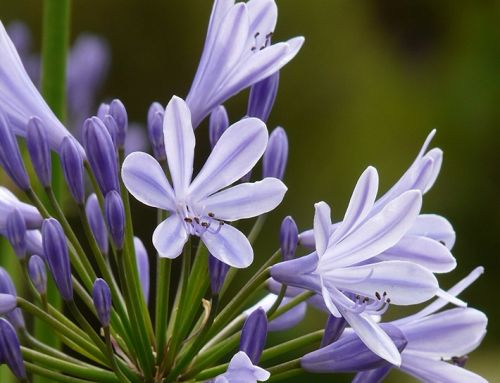Guides to germinating Hellebore seed – Helleborus seed sowing
Helleborus seed sowing – Germination is not a process that can not be hurried. The seeds will not start to germinate until December at the earliest, later if you are a bit behind with the sowing, so don’t panic if you get no results for at least six months and often more.
Your seed will arrive through the post and should be sown as soon as possible in a soil or peat based compost in 9 cm. pots. Do not leave it in the cupboard for weeks as old seed will not germinate. When Helleborus seed sowing, bury the seed 1 cm. deep covering with compost and then top the pots with a layer of gravel or grit – this prevents algae and liverworts from colonising. Cover the pots with some form of mouse protection (slate, wire netting etc.) and keep well watered until the seedlings start to appear. The watering is not critical until November when they MUST NOT be allowed to dry out. Once Christmas is over germination will then be rapid and plentiful. Often success rates of 90% are achieved.
The seedlings are large and easily identified. After germination it is a good idea to leave them for a while to grow a little. Soon a ‘true’ leaf will appear (very different form the first leaves) and this is the optimum time to transplant them into small individual containers. Cells or 7-9 cm. pots are ideal. Compost is not critical, we use ordinary potting compost and these are then left in here until they are large enough to plant out or pot on! They are usually happy for twelve months, but a light feed during the summer will help. Do not plant very small plants or seedlings in the garden, they will soon get lost or eaten. Wait until they are good strong young plants.
Flowering will take place irregularly, some flowering in the first year, others taking a year longer (sometimes more depending on how good your gardening skills are!!!)
So that’s about it folks!! Happy Hellebores :-)






